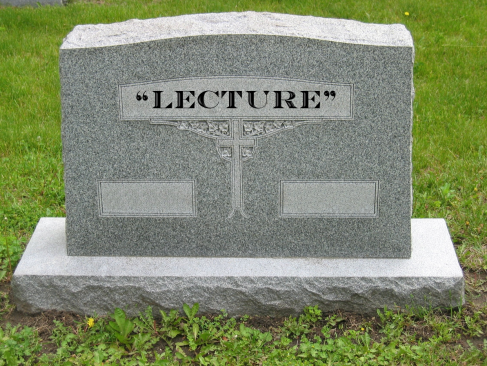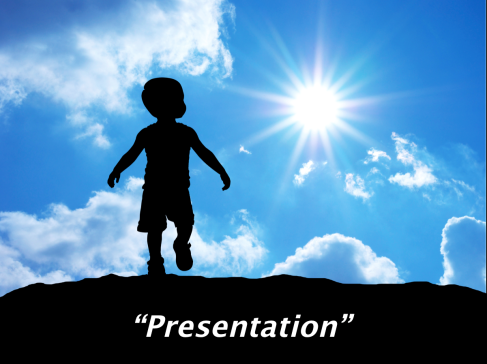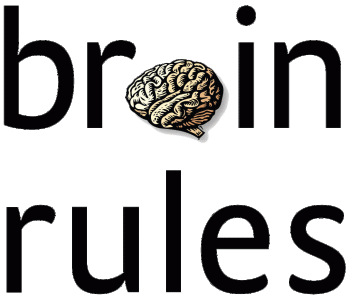
“If you wanted to create an education environment that was directly opposed to what the brain was good at doing, you probably would design something like a classroom.”
Last week, I posted a great slideshare presentation by Garr Reynolds about some of the highlights from the book, Brain Rules by John Medina. This week, a little bit more on this must-have book for educators.
John Medina is a developmental molecular biologist and director of the Brain Center for Applied Learning Research at Seattle Pacific University. Based on his work, he has developed 12 “Brain Rules:”
- Exercise – boosts brain power
- Survival – the human brain evolved too
- Wiring – every brain is wired differently
- Attention – we don’t pay attention to boring things
- Short-term Memory – repeat to remember
- Long-term Memory – remember to repeat
- Sleep – sleep well, think well
- Stress – stressed brains don’t learn the same way
- Sensory Integration – stimulate more of the senses
- Vision – trumps all other senses
- Gender – male and female brains are different
- Exploration – we are powerful and natural explorers
These are all immediately applicable, but a few stand out among the crowd.
Attention
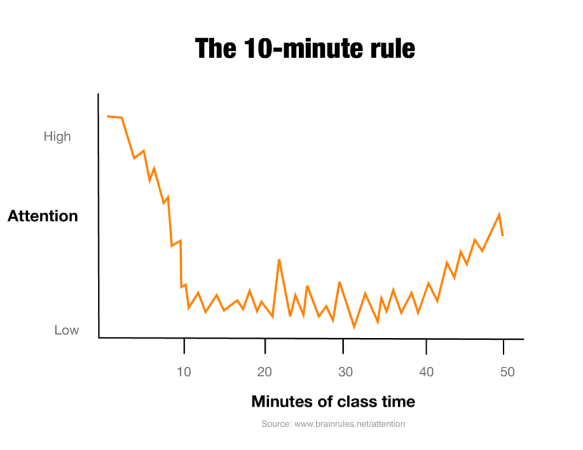
“The more attention the brain pays to a given stimulus, the more elaborately the information will be encoded – and retained.”
This again emphasizes the importance of creating a connection with our audience and fighting for their attention. As it stands now, if keeping someone’s interest in a lecture were a business, John thinks there would be an 80% failure rate (and that is being generous in my opinion). His ideas for increasing attention including using an emotional anchor, breaking up lectures into 10-minute segments, and using hooks that are relevant and bridge the segments.
Short-term Memory
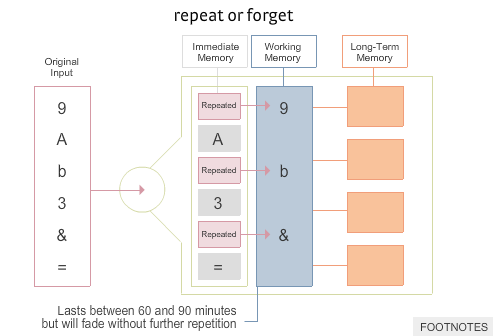 (Click the image to view a short video excerpt)
(Click the image to view a short video excerpt)
“The more elaborately we encode information at the moment of learning, the stronger the memory.”
“Memory is enhanced by creating associations between concepts.”
Although we don’t understand everything about memory, we do know some key factors that help us enhance memory and educate others. One of John’s ideas to enhance memory are to use real-world examples to encode the information better when being learned. This emphasizes the point that less is more. Fewer points, but more depth and meaning in those points. This overlaps both the ideas of streamline the message and organize and anchor that I use in my design process.
Long-term Memory
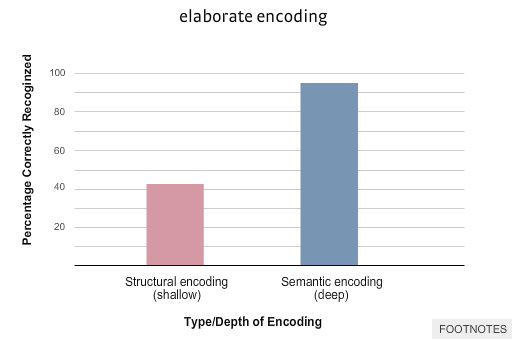 (Click the image to view a short video excerpt)
(Click the image to view a short video excerpt)
“…thinking or talking about an event immediately after it has occurred enhances memory for that event, even when accounting for differences in type of memory.”
“Deliberately re-expose yourself to the information more elaborately, and in fixed, spaced intervals, if you want the retrieval to be the most vivid it can be.”
Quite simply, repetition is the key to promote knowledge transfer into long-term memory.
Sensory Integration
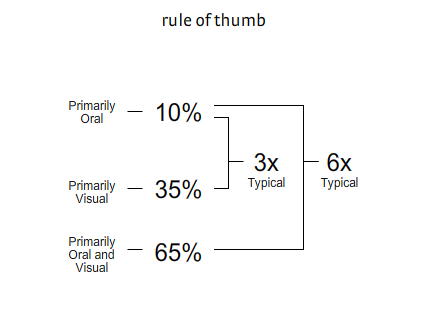
“Learning is less effective in a unisensory environment.”
Medical education is ripe with opportunities to add multisensory stimulation and promote knowledge transfer. For a recent lecture on valvular disorders, I walked around with my portable speaker and played the murmurs for everyone as they answered questions in groups. Working on getting an entire case presentation to have no words, just visual and audio input, closer to the real thing.
Vision
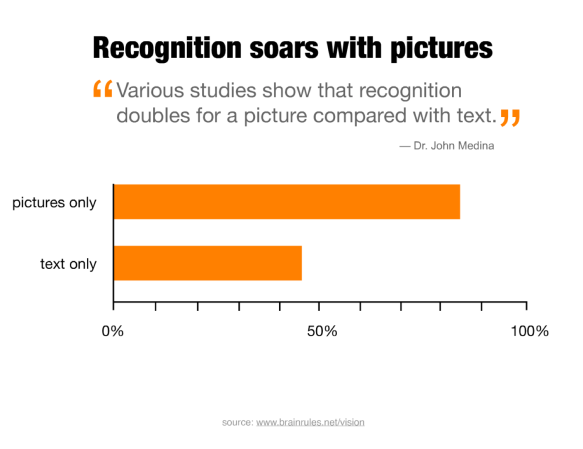
“The more visual the input becomes, the more likely it is to be recognized – and recalled.”
The brain sees words as lots of tiny pictures. It’s almost an overload of input, of sorts. On the other hand, there is a pictorial superiority effect (PSE) that let’s us remember details of pictures much more effectively, with little exposure, for a very long time. John’s idea to integrate this rule is to 1. Toss your old powerpoints, 2. Make new ones! Another way to promote knowledge transfer.
Brain Rules is another must-read that has helped to shape my approach to presentation design, and even curriculum design as well.
References
Medina J. Brain Rules. 2008. Pear Press.

